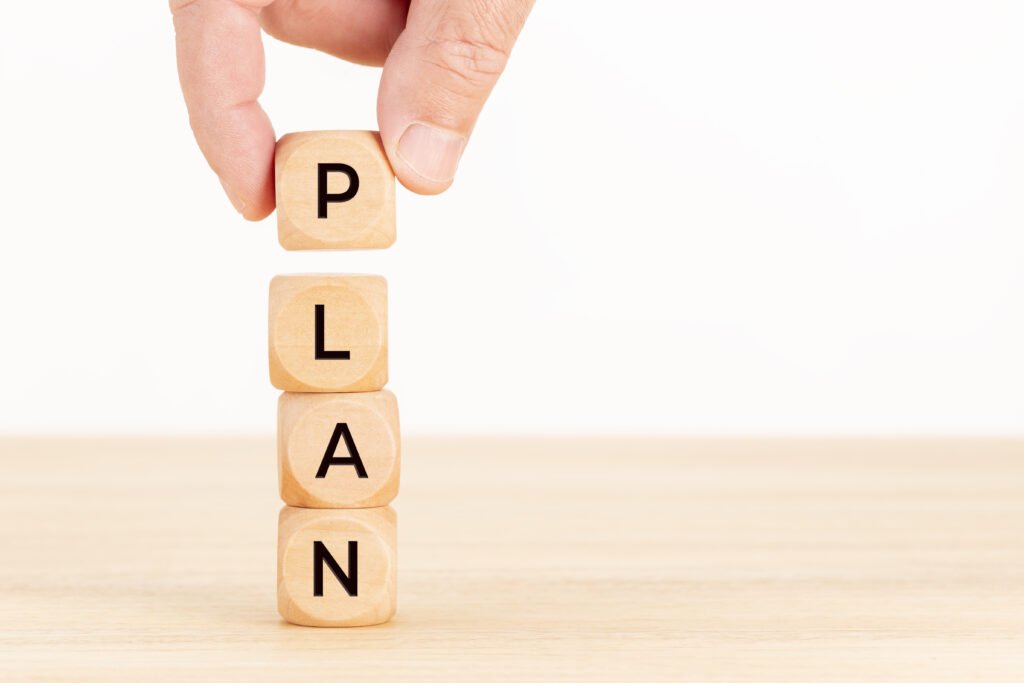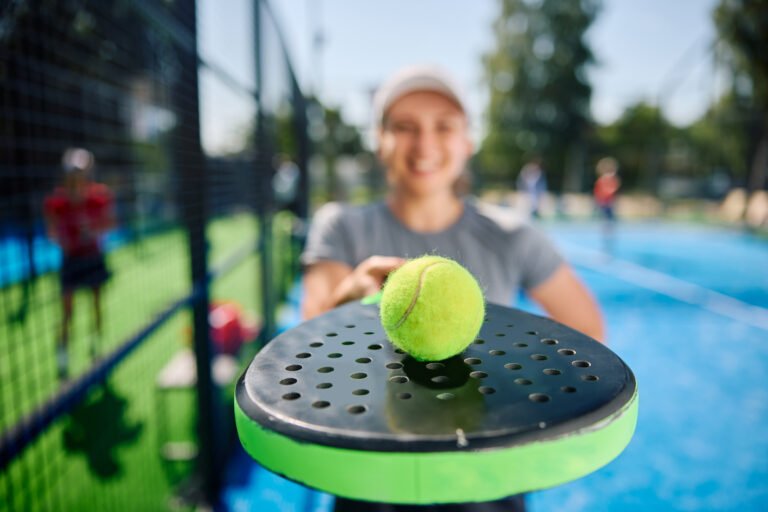Pickleball Facility Business Plan that has been growing rapidly in the world of sports. It combines community and accessibility with the excitement of competition. It’s important to understand the importance of the pickleball business plan before we begin the complex process of creating one.
A detailed business plan is not only important for the financial aspect of pickleball, but it also helps to create a strong community. Understanding the components of a good plan is important, given the exploding popularity of the sport.
It includes solid financial projections and marketing strategies as well as strong partnerships that are tailored to meet the specific needs of the world of pickleball.
Table of Contents
Locating and Planning Facilities
Find the ideal location
Securing the best location is essential to any pickleball center’s success. When deciding whether to buy or rent a property several factors are important. A lawyer with experience can be a key player in protecting your interests and ensuring that all legal requirements are addressed during the negotiation, writing, or reviewing of land purchase contracts and lease agreements.
Due diligence will help you avoid unexpected legal and financial issues. It is important to investigate the history of the location, the environmental conditions and the zoning laws in order to determine any restrictions which could affect your pickleball idea.
How to determine the size and layout of a facility
It’s crucial to consider the layout and size of the building, as well as the amount of space needed for each court. In order to avoid crowding and accommodate the rapid growth of tennis, it is important that you plan ahead for how many courts will be needed.
Ample space is needed around courts to ensure safety and prevent injury. USAPA suggests a minimum of 60 feet in width and 30 feet long for the total area on each court. A preferred size is 34 feet by64 feet.
To avoid disruptions to ongoing matches, it is important to have proper access to courts. Positioning gates in such a way that players do not need to travel across more than one court is also a good strategy.
The Zoning of Land and Other Legal Issues
Planning is complicated, but navigating zoning laws and other legal issues are essential. The zoning on the property might not match the use intended for the pickleball court.
Understanding local laws and regulations can be crucial as some may limit the use of specific types of building for pickleball courts.
Outdoor pickleball courts are also often classified as Private Recreation Facilities in residential areas, which have specific regulations regarding conditional uses permits, lots sizes, setbacks and noise ordinance compliance.
Income Streams & Financial viability

In developing a business plan for a pickleball center, it is important to explore multiple revenue streams. The success of any pickleball business depends on the ability of that facility to generate multiple income streams, which all contribute to its overall financial health. We’ll explore the main revenue streams which can boost the viability of your facility.
Tennis Courts, Membership and Rental Fees
- Membership Fees – Membership fees are a reliable source of income, which fosters community and encourages regular participation. Membership plans that are tailored to a wider audience can provide a stable income and cultivate a loyal clientele. In order to satisfy both casual and die-hard players, it’s important to find a balance between their desires. Some facilities choose a membership-based model while others prefer drop-in rates to cater to varying preferences.
- Court rentals: The rental of courts to individuals, groups, teams, leagues and private events is a major revenue source. Flexible court use, such as hourly rentals and programming fees, allows for facilities to maximise their revenue potential.
Organising tournaments and selling merchandise
- Pickleball Tournaments can be a great way to increase revenue. Entry fees, sponsorships, merchandise sales, etc., all help. The revenue generated by tournaments comes from the fees charged to participants, sponsorship deals, and vendors. Parking charges can also be included at large events.
- The revenue model can be boosted by selling pickleball apparel and equipment. The addition of a pro-shop and food and drink options.
Offer Lessons to Increase Revenue
- Pickleball lessons: Offering pickleball classes is a great way to earn extra income and help players develop their skills. The service is appealing to all levels of players and could be an important part of your facility.
- Event and Partnerships: Events are a key component of driving revenue. Facilities are able to host team building activities, corporate events and other special events. They can charge for the court rental time, room rentals, paddle rentals and instructor time. The events fill up time that would otherwise be vacant and introduce new clients to the sport.
- Explore Additional Opportunities. The possibilities for revenue-generation extend to affiliate programs, advertising, sponsorships and starting a new league. In order to capitalize on the increasing interest in pickleball and monetize space, it is important to explore new ways of generating revenue.
We can guarantee the viability of pickleball facilities by strategically implementing revenue streams.
The revenue streams help to build a strong business model, which not only covers the operational costs of a facility but also promotes a vibrant pickleball culture.
READ MORE:
- What is Embedded Insurance: A Beginner’s Guide
- Travel agents for Delta vacations: How to get started
- For the best in ecotourism try Dominican Republic holidays
Operational Management and Staff Management

The key to running a pickleball center that is successful is effective operations and management of staff. The importance of training and selecting your staff will be discussed, as well as the ways in which technology can enhance efficiency.
Everyday operations
Planning and collaboration are essential to the smooth operation of a pickleball court, particularly when it is about managing the courts. In order to ensure fair and equal management of pickleball court, we’ve found that municipalities must work together with the pickleball communities.
The collaboration includes court planning and consultation as well as light maintenance such a cleaning and debris removal.
Selecting Your Employee and Training Them
It is important to find and nurture the best staff. A charismatic or talented employee will enhance your facility’s appeal and encourage guests to come back.
The “Great Resignation“, following the COVID-19 Pandemic, has brought to light the difficulties in staffing. Many facilities are operating with minimal personnel due to low wages and limited opportunities for career advancement.
Implementing technology for efficiency
Technology can be used to streamline pickleball operations. The court management software is an example of a valuable tool that can handle tasks such as viewing the availability of courts, reserving them, signing up for events, and managing memberships.It is important to choose a system for court management that is flexible and simple, while still meeting the needs of your unique facility. Pick software that is not only adaptable for future changes and growth in pickleball, but also meets current needs.
Plan and Project Your Financial Future

Calculating Startup Costs
The initial investment is an important factor to take into consideration when establishing a new pickleball court. Construction costs can vary widely depending on amenities selected and the site requirements.
The cost of a basic court without lighting or seating starts at $28,000. This includes site preparation, surfacing and other essentials like nets and fences. The cost of a basic setup without seating or lighting can start at $28,000. This includes site development, surfacing and essential equipment like nets and fencing.
It’s also important to consider miscellaneous furniture and equipment, which vary greatly but are essential for the complete setup of your facility.
Develop Operating Budgets
All recurring expenses are included in our operating budget to ensure that the business runs smoothly. Calculate monthly fixed costs, such as office expenses, rent, utilities and insurance. Consider the staffing costs, marketing and maintenance. These are important but vary depending on the size of the building and scope of the operations.
Projections of revenue and profitability
To accurately project future revenues and profits, it is important to understand the potential revenue streams of the facility. Membership fees, court rental, merchandise sales and revenue from tournaments or events can all be included.
A smaller facility that is primarily a court might have a net profit between 20-35%, while a facility larger with more amenities, such as a restaurant, might only see 15-20%.
It is important to manage the court time strategically in order to maximize revenue. This includes ensuring that there’s a good balance between clinics and tournaments as well as open play. Each activity must be designed to maximize the revenue generated per available hour on court.
By engaging with the community and using the facilities for other activities than pickleball, you can increase profitability.
We can make sure that the facility is sustainable and successful for years to come by carefully planning the financial aspect and reviewing it regularly.
FAQs
Is it profitable to own a pickleball facility?
Absolutely, owning pickleball courts can be a profitable venture. With the sport’s growing popularity, there are opportunities to generate income through equipment rentals and membership fees. Additionally, incorporating a food and beverage service within your facility can significantly enhance your earnings.
What steps are involved in starting a pickleball business?
To launch a successful pickleball business, you should:
Identify your target market within the pickleball community.
Determine the size needed for your pickleball club to accommodate your target market.
Choose an appropriate business model for your club.
Consider different membership models and what perks to offer, such as deciding on peak vs. off-peak hours for members.
Can pickleball facilities be a source of significant income?
Yes, there is potential for substantial income in the pickleball industry, thanks to the sport’s surging popularity and various revenue streams like equipment rentals, memberships, and potentially food and beverage sales.
What is the required size for an indoor pickleball court?
According to USA Pickleball, a regulation-size pickleball court must measure 20 feet wide by 44 feet long, totaling 880 square feet. This size ensures players have ample space to play safely and comfortably.
The conclusion of the article is:
The journey of developing a successful pickleball business plan involves a blend of meticulous strategic planning, community involvement, and market analysis. This is in line with the growing popularity of this sport.
Pickleball centers can be vibrant hubs of community life if they are able to explore the dynamics of the market, create a business plan that is financially viable, and manage operations.
The pickleball movement will continue to grow because of this endeavor, which not only offers financial rewards but fosters camaraderie among players and healthy competition.



